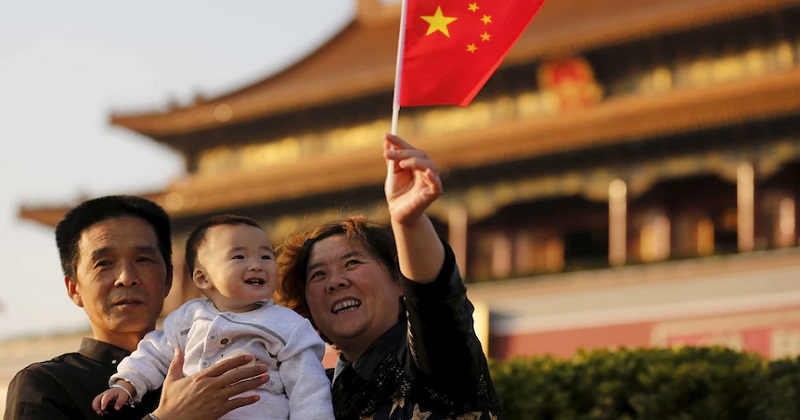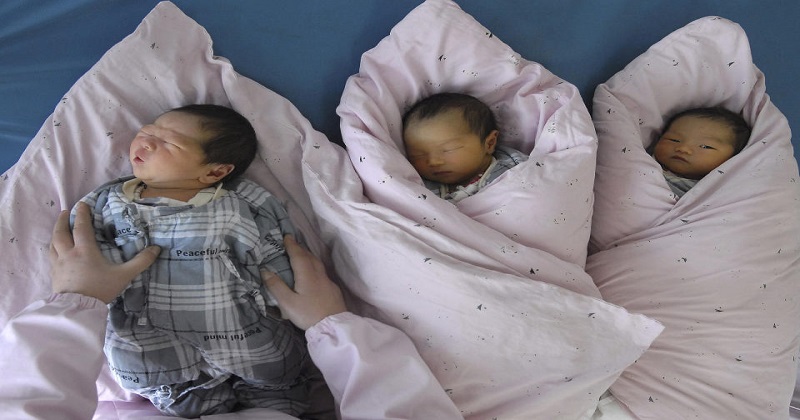
China; The country’s surprise judgment to let all couples have a third child may be a little late to modify the nation’s decreasing birthrate and narrowing workforce. China has recorded diminishing childbirth in recent years notwithstanding a supported government drive. A repeal of the prevailing birth trend is necessary to China’s economic strategies. For that, the Chinese government has presently declared a three-child policy allowing a couple to have three kids.
China has a diverse population system in Xinjiang, the Chinese region with the largest density of Muslims. Reports state Xinjiang has shown a sharp drop in the fertility scale after 2017 when China inflicted severe birth control actions in the region. China began a one-child policy in 1979. Since then, China’s large population was regarded to be the biggest obstacle to the country’s economic progress. The policy was strongly supported, and violators were penalized, removed from jobs, and compelled to undergo abortions and sterilization. The population control policy went well for China as it applied the existing workforce to create and operate factories. Over the next 20 years, China transformed into a global manufacturing center. More affordable labor became China’s core economic power.

But, by 2000, China recognized that it was going towards a position where its workforce would reduce considerably while the population of senior citizens would become hopeless. Now, with 26.4 crores above the age of 60, China has approximately 19 percent aged in its 1.41 billion population. It measures that by 2025, one in every five persons in China will be above 60 years. While the fertility scale in China diminished clearly after it inflicted its one-child policy, growth in healthcare facilities witnessed a life-expectancy rise from under-68 in 1979-80 to near-78 in 2020. This indicates China is obliged to have more people needing social-economic care. Recognizing this dilemma, China in 2000 eased its one-child policy.
- In 2000, China permitted a couple to have a second child, if both were the only children of their parents.
- In 2013, China eased it further to let couples have a second child if the first child was a single child of their parent. Both relaxations failed to have the wanted outcomes.
- In 2015, China completely abandoned its one-child policy. All couples were permitted to have a second child.
- In 2016, China reported the fastest birth rate after 2001 with 12.95 births per 1,000 people. In 2016, 1.78 crore babies were born in China.
But in 2017, the number of births decreased to 1.72 crores in China, diminishing further to 1.52 crore in 2018, 1.46 crore in 2019, and little over 1 crore in 2020 a drop of over 31 percent compared to 2019 in the Covid-19 pandemic-hit year. As demographic authorities say, Chinese couples do not appear to need to provide more babies. The prolonged socio-political conditioning of the Chinese people and the steadily increasing costs of parenting a child are among the reasons preventing couples from going for more children.
The long birth control strategy also indicated that the number of women entering childbearing age is declining in China. A Global Times report in January 2020 said, “The number of women of childbearing age in China is decreasing by about 5 million every year in recent years.”The increasing aged population, decreasing number of childbearing women and narrowing working population base translate into a developed burden on the communist government for pension, healthcare, and social security services. This is why China has now declared a three-child policy.

Post Your Comments